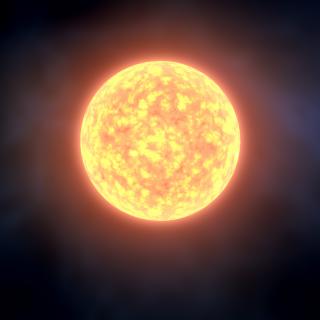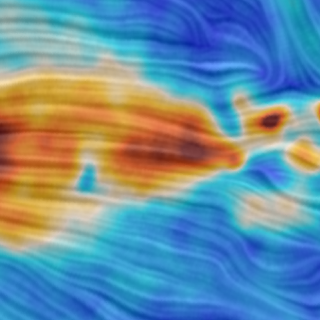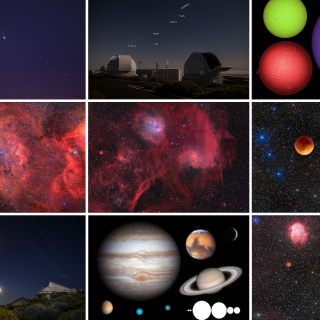
With deep sadness we are are sorry to report the death of our colleague María Concepción (Itxiar) Anguita Fontecha, outreach astronomer in the Unit of Communication and Scientific Culture (UC3) and Coordinator of the external web of the Instituto de Astrofisica de Canarias (IAC). Itxiar, with a degree in Mathematical Sciences from the Complutense University of Madrid, specializing in Astonomy and Geodesy, and with a great interest in science education and outreach, travelled from her native Madrid in 1997, accompanied by her beloved daughter Tristana, to join the Cabinet of the Director of
Advertised on



